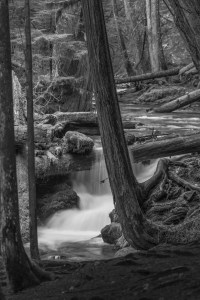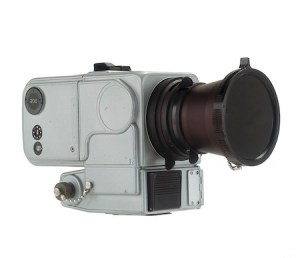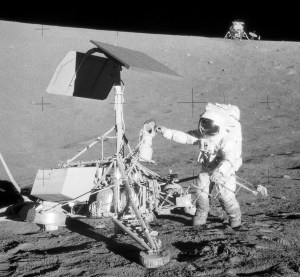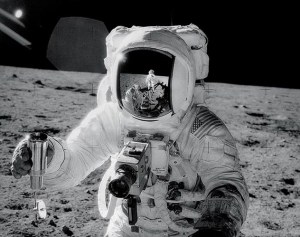Above Panther Creek falls, the forest is thick and primeval, yet warmer than our frozen December 2013 campsite. It provides as many photographic oportunities as does the actual falls below.
Panther Creek Falls, Skamania County, Washington, 10/23-26/2015
Finding errors on web pages is frustrating. It makes you question everything in it. Half of the search results for Panther Creek falls were about the one in Georgia, 2500 miles away and on the other coast. The other half of the results, on the Washington state falls lacked useful information, and any included maps were innaccurate, missleading or at a resolution that helped very little. With all this in mind my wife and I decided to make the site our 2013 Christmas vacation destination. We were going to spend an entire week there. To make sense of this you need to understand that it takes me awhile before I get familiar enough with an area that I can develop my own personalized perceptions of the place and make photographic images that are meaningful, to me at least. What is important to me may not be important to others, like the two included images here of the upper creek, before you even get to the falls.
The creek has eaten it’s way through the thick moss covered forest floor, alongside a ridge base running west. The creek masks the actual falls sound a little bit further down stream.
My wife and I, as well as my co-worker and photographic partner, Brian, have discussed many times the optimum distance from our homes we should limit ourselves to travel to prospective sites. Optimal road trip distance is directly related to the length of stay. It usually takes me about 24 hours, 3 days, to get the feel of a place before I am able to capture the location adequately in images. That’s a long period of time to take out of your precious vacation schedule. The good thing for me at least is that this amount of time can be broken up into various chunks and still work. We all began to brainstorm methods to shorten this “get to know the place” time, without taking away the actual effect it imparts. How to get familiar with an area long before you go there to make art.
6x6cm Hasselblad cutomized for the Apollo program. The makeshift handle was made for the astronauts use in bulking space suits and could be attached to their chest. It kept coming apart on the moon’s surfce and I consider it an afterthought.
I am a big fan of the the Apollo Lunar surface expeditions, all six of them and immediately thought that the way they were planned out helped the astronauts, who were on very tight schedules. I always wondered though what my images would have looked like if I was given the same chance to go to the moon.
The big square button underneath the camera body and the aperature, focus and shutter rings on the lens are all modifications for space suit usage.
The picture below, with Alan Bean posing for the camera at the Surveyor III spacecraft and the Apollo 12 Lunar Excursion Module in the background is a good example of finding a photograph. Or was it? Did they know the LEM would be visible in the background? Did Pete Conrad figure that he would be able to stand upslope enough in the crater to seperate and impart a human scale and depth in an image, while still on earth? I don’t think he knew. I think they hoped to take advantage of situtaions if they presented themselves though. They were told to look for context to include in the pictures but they were not given a lot of time on the surface to do so. Either way, planning for it as a contigincy was prudent and it paid off. The photographer had to alter his exposure so that it had enough depth of field to have both fore and background in focus. The rest of the landing site had very little disserning features. They could only use shadows to define the shallow relief structure of the craters, and those from less than 6 feet above the lunar surface (Alan was 5’9″, and Pete was 5’6″.)
Alan Bean retrieving the video camera on Surveyor III at the Apollo 12 landing site. Pete Conrad had to place himself up on the crater wall in order to place Intrepid above the foreground scene. He did a good job for guessing what would be in frame.
The astronauts used medium format rangefinder cameras. The first human lunar landings took place in the pre-digital late 60’s, early 70’s. They had to estimate exposure and endure winding film and changing film backs with bulky pressurized gloves. The pictures they brought back are priceless pieces of our species history, one of our greatest achievements. The first days we stepped off our planet and onto another. If they came back with no images (look at the reaction of no live TV on the 2 Apollo 12 EVAs), or poor images… well, lets just say they didn’t, so why contemplate it. They had 6 tries at capturing the feeling of being on the moon, from 12 different photographers. They succeeded in my opinion. How did they do it?
Alan Bean on the lunar surface getting ready to seal up a soil sample return canister. The photographer capturing his own image in his partners gold sun sheilded helmet visor, with the background horizon lines all lined up, has to be another found image. I have a large 16×20 signed proof of this one on my wall at home.
NASA planned out each “EVA” (extra-vehicular actvity) with exacting precision, down to the last minute. They had multi-page booklet plans strapped to each astronaut’s pressure suited wrists. There was very little time for them to get a feeling for the place so when they trained back on earth, they learned to improvise and find the context around them, use it to tell a fuller story. They couldn’t just stop, look around, appreciate the surrounding landscape, discuss and imagine what it must have took to create the features around them while on the moon. I tell you, I would have been frustrated to no end up there.
Of course, that much planning probably wouldn’t work for me… but what I experience right now about the moon landing sites came from these highly planned trips and it is oh so enjoyable. Sometimes I wish they would have been able to record even more than they did. They were documenting with forthought for future explorers. Maybe something like this on the web would help shorten mine, and others need for a lengthy familiarity phase when going to new areas to photograph. I want to combine both the documentation and the art.







